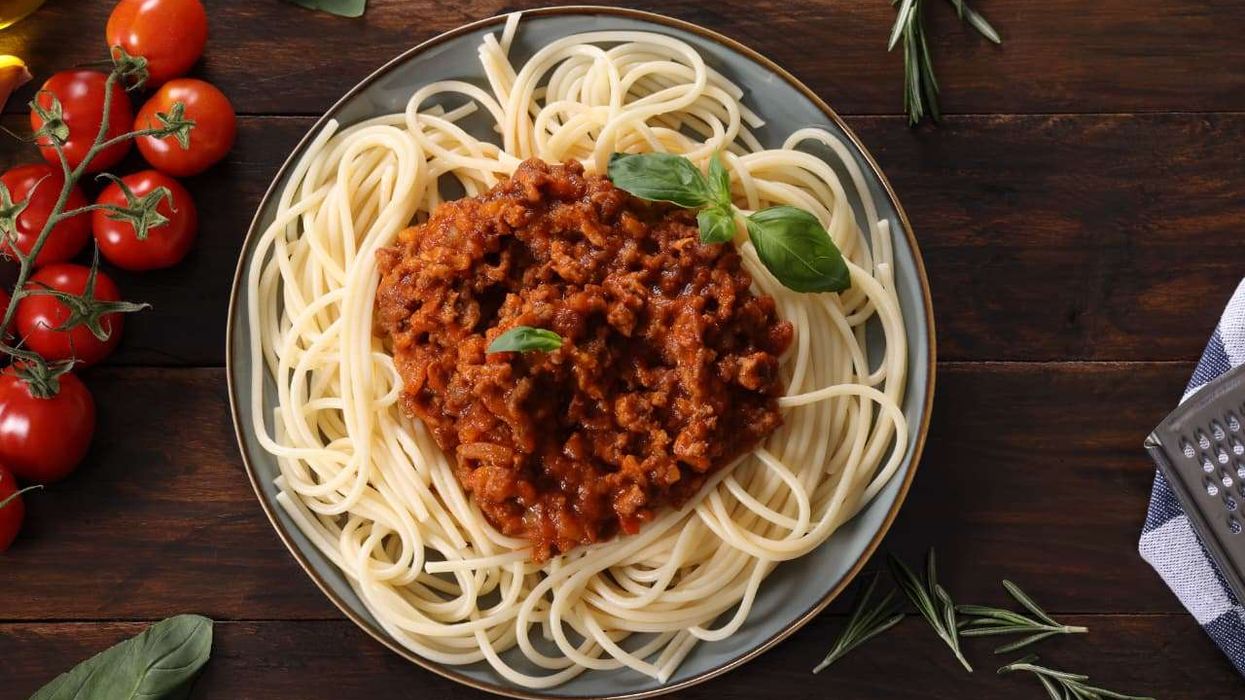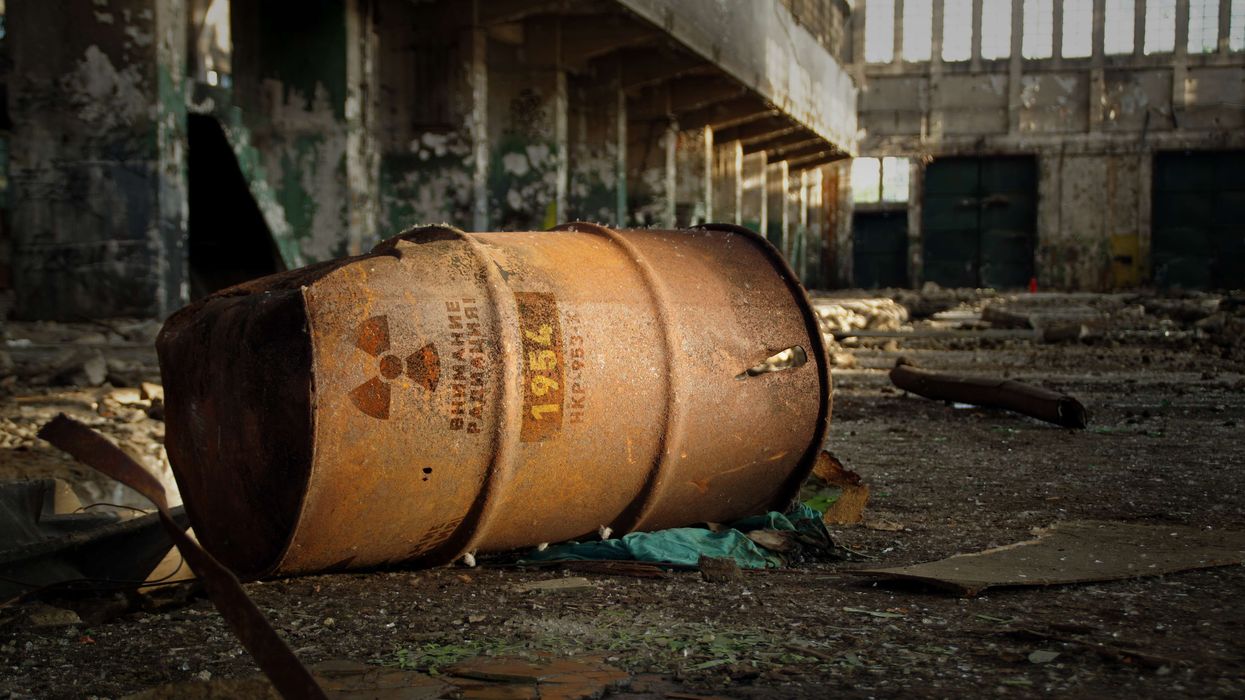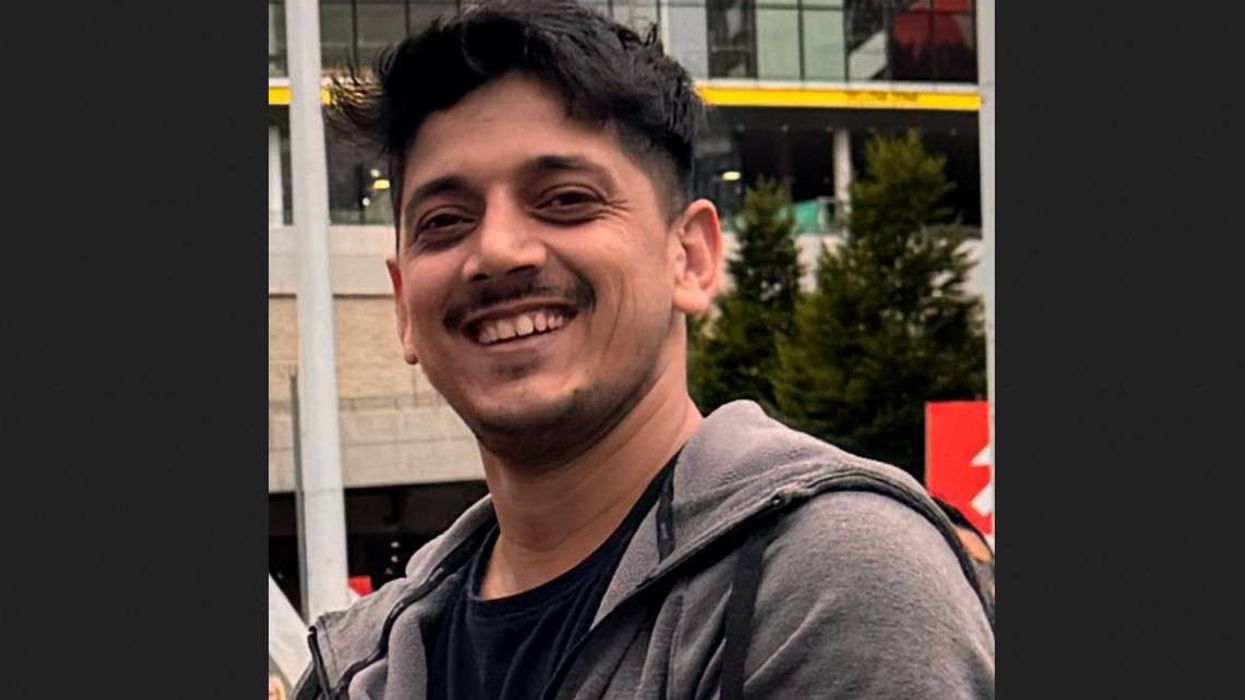THE coronavirus cases in Pakistan has reached 4,317 with 63 deaths as on Thursday(9).
The most number of cases are in Punjab (2,166) followed by Sindh province (1,036).
As per reports, 572 people have recovered from the illness in the country.
A government official said that a total 42,159 tests had been conducted so far.
The number of cases in Khyber Pakhtunkhwa (560), Balochistan (212), Islamabad Capital Territory (102), Gilgit Baltistan (213) and Azad Jammu and Kashmir (28) has also been increasing over the past few days.
According to data, 34 deaths had been reported from Punjab, 18 from Sindh, 16 from KP, three from GB, and two from Balochistan.
The Higher Education Commission (HEC) had initiated a call for proposal with regard to innovation on COVID-19 by inviting proposals from universities, technicians and researchers on individual basis or on behalf of organisations.
Another initiative of establishing ‘hackathon’ had been launched jointly by the Ministry of National Health Services and National Incubation Centre in coordination with 21 other organisations and companies, including UN establishments.
Under the programme, individual Pakistanis living inside or abroad would be invited to share their unique ideas or proposals to address the challenges related with the coronavirus in shape of services, products, new research or new idea.
After reviewing the situation, the Islamabad Capital Territory administration has decided to de-seal Bhara Kahu and Shahzad Town with immediate effect.
According to the notification issued, Bilal Masjid, Makki Masjid and Kot Hathiyal, Bhara Kahu will continue to be under a lockdown.
Further, Shahzad Town, Street No 6 will also continue to be under lockdown. The de-sealed areas will continue to be regulated under Section 144.













